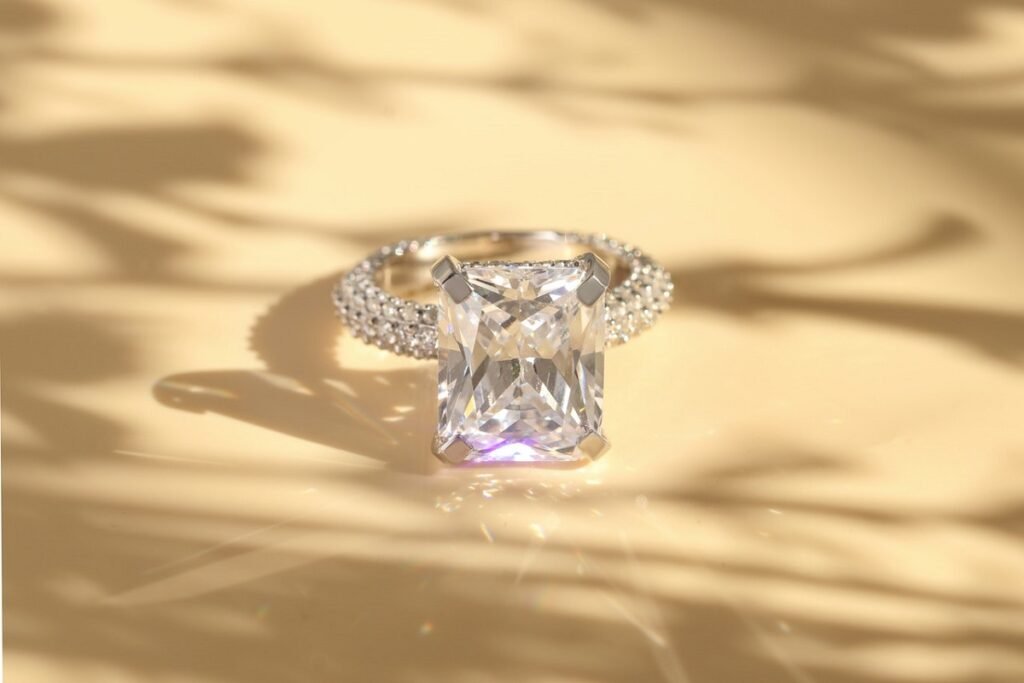Who doesn’t like a near-perfect diamond? Imagine having a gemstone with a beautiful sparkle, no inclusions, and a great shape—it’s the perfect fine jewelry to give your loved one. However, IF & FL diamonds, which are considered near-perfect ones, are fairly hard to come by. What’s more, they can be immensely expensive.
Before deciding on your next diamond purchase, check out if near-flawless should be your next investment. Learn more about internally flawless and flawless diamonds in this quick guide.
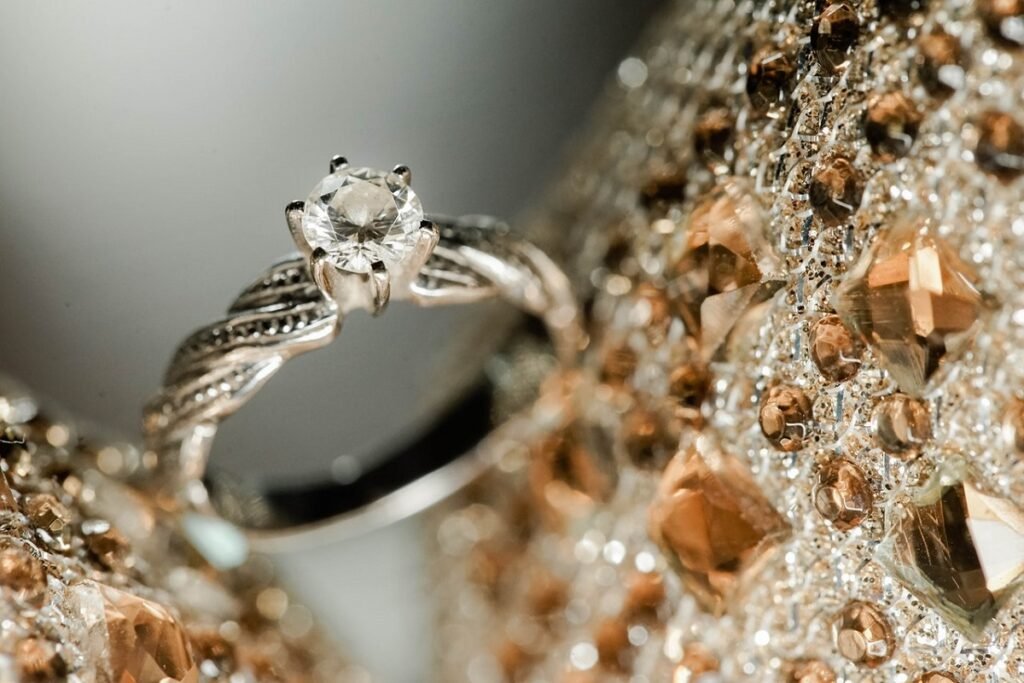
IF & IFL Diamonds
Although near perfect stones are hard to come by, they do exist in the market. The question is would you like to own one? There are pros and cons to owning these gems. Here, we’ll guide you on why these diamonds, as expensive as they are end up in the hands of jewelry lovers. We’ll also help you decide whether these stones are worth investing in. But first, you need to know what they are.
What is an IF Diamond?
First things first—you may want to know the IF diamond meaning. An internally flawless diamond, or an IF diamond, may be considered by others as the near-perfect diamond. Compared to other diamonds, it’s considered near blemish-free. In fact, on the diamond’s surface, it’s hard to tell any blemishes,
Because of this, some jewelry enthusiasts may think that this may be the best diamond categorization possible. But in reality, there’s another type of diamond grading that refers to blemish-free variants.
Also known as a flawless diamond or FL diamond, this one takes the highest rating for diamonds. As the name suggests, flawless diamonds mean they have minimal to no graining or other natural flaws and facets.
Few diamonds achieve this kind of rating. While this may appear great on paper, some jewelry collectors no longer find the difference significant. For starters, the difference between IF diamonds and flawless diamonds cannot be seen by the naked eye. Even trained gemologists may have a tough time distinguishing differences without the aid of a loupe and other jewelry equipment.
Do internally flawless diamonds sparkle more?
The idea of flaws seems to immediately take away value from the diamond. This may be the reason why some people may not want to consider diamonds that have visible inclusions. For some new jewelry collectors, they may assume that you need to be very watchful about clarity grading.
However, it’s important to note what flaws exactly mean in the first place. Because not all flaws can visibly damage the diamond surface, if you know how to properly hide it. In fact, some jewelry experts may even say that a “flawless diamond may not exist.” For many jewelry collectors who also put an emphasis on value for money, great grading combinations can easily get the highest clarity grading anytime.
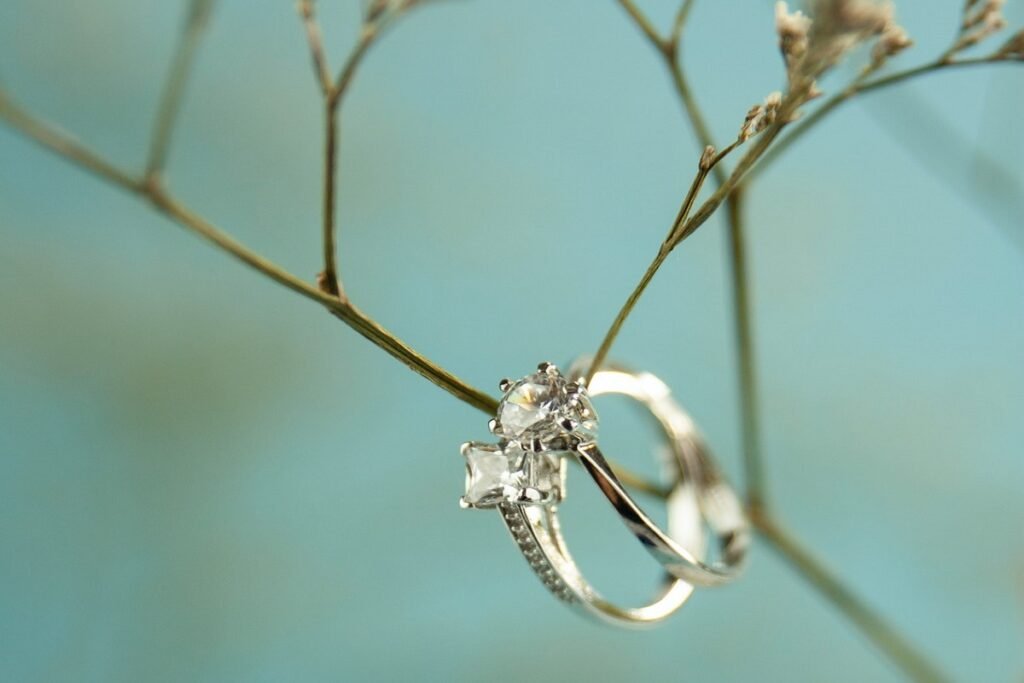
Clarity: How flaws affect the diamond
So what other grading can affect a diamond’s appearance and integrity? Many people know that rating a diamond means considering the 4Cs: clarity, cut, color, and carat size. All of these four factors help build up the diamond’s overall rating.
A basic rule in choosing fine jewelry considers how each C affects the other. For instance, a clear diamond’s color can range from colorless to a light yellow or even brown. Near colorless diamonds tend to look icy white, giving them a premium feel. Pairing a colorless diamond with platinum or white gold can make this icy quality pop out even more. Using gold or rose gold can reflect a yellowish tinge onto the stone, which can appear to change the color grading.
What does this mean for IF & IFL diamonds? Choosing a good metal setting can easily enhance or change your diamond’s appearance. That’s why some jewelry collectors would prefer lower clarity grades, especially if they will pair it with a colored metal.
The right cut can also be a good solution to hiding inclusions. Classic cuts like the round and princess cut diamonds feature several facets on the diamond’s surface. More facets means more cuts that can hide inclusions. On the other hand, steer clear of step-cut faceted diamonds like the emerald and Asscher cut gems as they can highlight the blemishes on the diamond.
Finally, certain settings can also spell the difference between a more premium-looking diamond despite its lack of a flawless rating. If you have inclusions on the girdle or the pavilion, go with a prong or a bezel ring setting, respectively. Even without IF & IFL diamonds, your gem will still shine like icy rocks through these settings.
Looking At The Flaws: Diamonds And Inclusions
More than just flaws, diamond inclusions can also be seen as natural occurrences in a diamond. Some diamond collectors even appreciate certain inclusions, as they can give a diamond a unique character.
Some of the most common flaws known in diamonds include chipping and clouding. But did you know that there are quite a number of blemishes that can occur in a diamond? A few of them can create unique patterns on a diamond surface. Others may actually be more detrimental to the diamond’s integrity.
Chipping
Chipped diamonds often appear old, because this inclusion often happens due to physical damage to the stone. Even though diamonds are among the hardest materials in the world, regular wear-and-tear can occur, and can chip away certain areas in the girdle, culet, or even junctions of a diamond.
Feathering
Diamond cracks can be a cause of concern, but they do not always create issues with the diamond’s structure. Some diamonds can have feather-like fractures within the diamond, which may be caused during formation. Less severe presentations can appear almost transparent under proper lighting. Of course, the more severe the feathers are, the more it can compromise the diamond’s durability.
Clouding
When light transmission in the diamond gets disrupted, you may end up with a clouding effect on the diamond. Too much of this inclusion can compromise a diamond’s ability to reflect light, causing it to look less premium and more included in more ways than one. Diamonds with lower clarity ratings can appear more included, especially if the cluster of clouding inclusions become bigger.
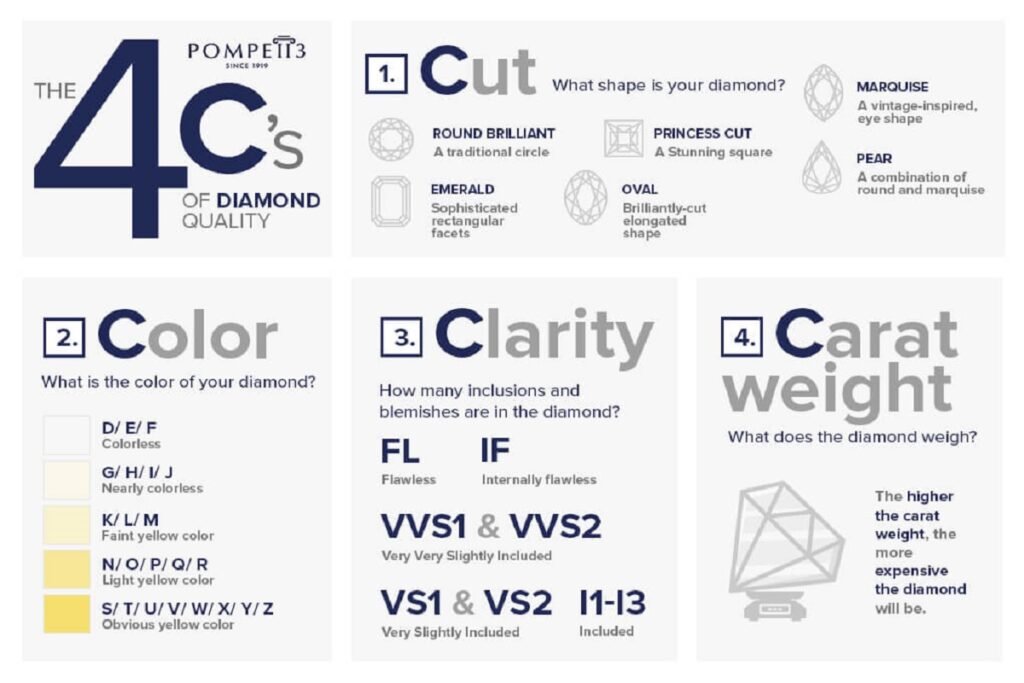
Bearding
As the name suggests, bearding appears like a hair-like lining along the girdle of the diamond. Unlike other natural blemishes, bearding often occurs when a diamond is cut. The heavier the bearding occurs, the fuzzier the diamond can appear. While this can be seen with a magnifying tool, too much bearding can make a diamond seem scratched.
Graining
Crystal growth doesn’t always follow a pattern. When it becomes even more irregular, internal graining can occur. This creates faint lines that can appear like creases inside the diamond. Unlike other inclusions, graining doesn’t compromise the stone’s integrity, but it can disrupt a clean finish on the diamond table.
Are IF Diamond Worth The Price?
Knowing all that, are these enough to justify paying a more premium price to get the highest grading for diamond clarity? Some experts believe that this may also depend on the jeweler you are buying from. Some internally flawless diamonds can also feature blemishes on the diamond’s surface. They may not be as evident to the naked eye, but if they are left unpolished, the buildup in itself can be dangerous.
Overtime, unpolished diamonds may end up appearing less than what their value originally was. While preference plays a role in this decision, you may want to consider the differences between various clarity gradings.
IF diamond vs VVS: Which one should you buy?
Perhaps the biggest misconception is that buying a flawless diamond means you will always have that flawless quality forever. But just because diamonds are the sturdiest of gemstones does not mean they won’t suffer from constant use.
Gemology experts noted that hardness does not equate to indestructibility. Consistent knocking of a diamond onto a hard surface can create tiny fractures and breaks in a diamond. If you plan to wear your IF & IFL diamonds, you may want to go even one clarity grade lower, like VVS. At the price difference, you may end up with more to spare for your next ring.
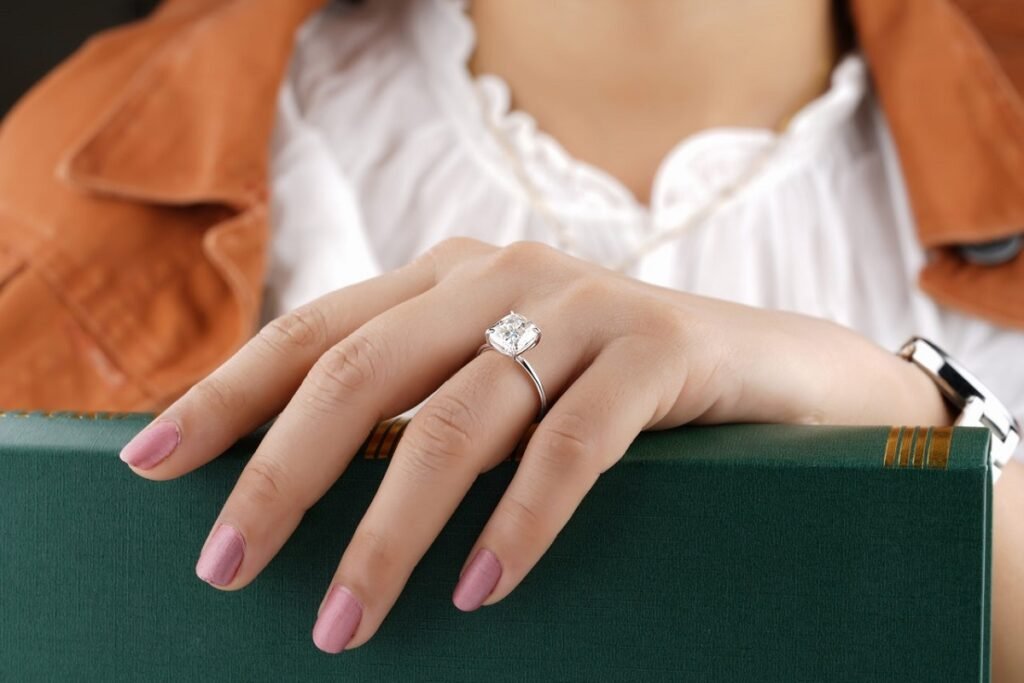
DEF color grades: Factoring in a diamond’s color
To the untrained naked eye, diamonds that have closely-related color grades are hard to tell apart. The DEF grading ranges, which are the highest ratings, may even be harder to tell apart. If your diamond falls under these gradings, you may want to look at the diamond’s fluorescence quality.
A diamond’s fluorescence can be examined under ultraviolet light. When diamonds are exposed under UV light, they may show the tendency to emit a soft blue glow. The stronger the fluorescence, the stronger the fluorescence quality of the diamond.
Note that around 30% of diamonds available in the market feature fluorescence in varying degrees. Higher fluorescence can actually affect the appearance of the diamond. That’s because fluorescence actually affects a milky quality to the diamond.
What does this do to the diamond’s appearance? Jewelry buyers need to know that even a D color grade or even IF clarity grade can look one grade lower if fluorescence is so strong. Because fluorescence is considered as a defect, some diamonds may even receive a sizable discount because of this supposed defect.
IF is Great on paper–if it’s what you need
Some diamond collectors buy fine jewelry for investment. Unlike stocks and other investments, a diamond’s value does not change with economic fluctuations. The same goes with gold. This may be a worthwhile reason to go for FL diamonds, if you have the budget for it. But unless it’s an investment need, going one clarity grade lower won’t affect the fine jewelry you’ll buy.
Rarity of flawless diamonds
What makes FL IF diamonds special is their rarity–diamonds like these only come by the handful. They become even more special the larger the diamonds become. Some diamond experts even put the number of flawless diamonds at 0.001% in terms of production and stock around the world.
As far as resale value goes, some diamond sellers may even find it hard to sell off premium diamonds. Unless they are connoisseurs of jewelry, more practical buyers would prefer lower clarity grade diamonds with better cuts.
Bigger price but smaller size?
No matter how much you may be willing to spend on fine jewelry, there’s a big chance that you are still working with a budget. Because of the expensive quality of flawless diamonds, you may be shaving off a few other qualities just to achieve the highest clarity rating.
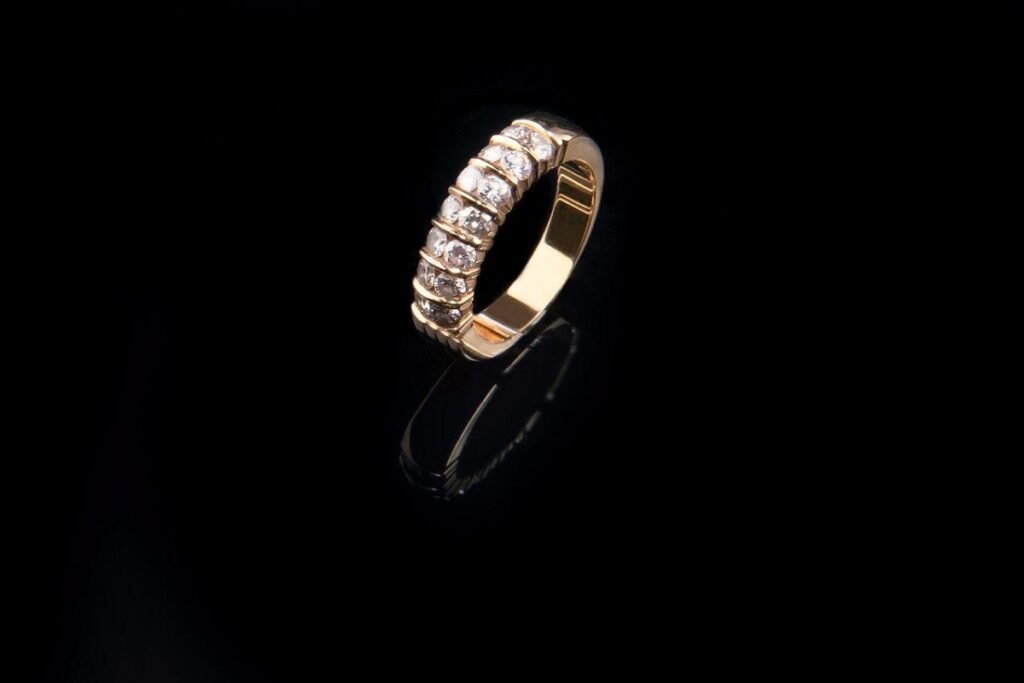
Don’t neglect proper diamond care
A diamond’s hardness, durability, and versatility do not mean you can just keep wearing it without any care. As with other fine jewelry, it pays to be very careful and meticulous in the aftermath of wearing your diamond ring.
Buildup of oils and other residue can make your diamond appear less clear and colorless as it does on paper. While superficial blemishes do not necessarily compromise the diamond’s integrity, appearance still factors in quite a lot. And even beloved and frequently worn jewelry need regular maintenance and cleaning with a trusted jeweler. A greatly cared for VVS diamond will always look just as stunning, if not more, than an IF diamond that has been left on its own without proper care.
Still unsure with what kind of diamond you opt to buy? How about finding the right diamond for you by knowing about the factors that can affect its overall look? Read our in-depth post, “What You Don’t Know About Triple Excellent Diamonds.”
